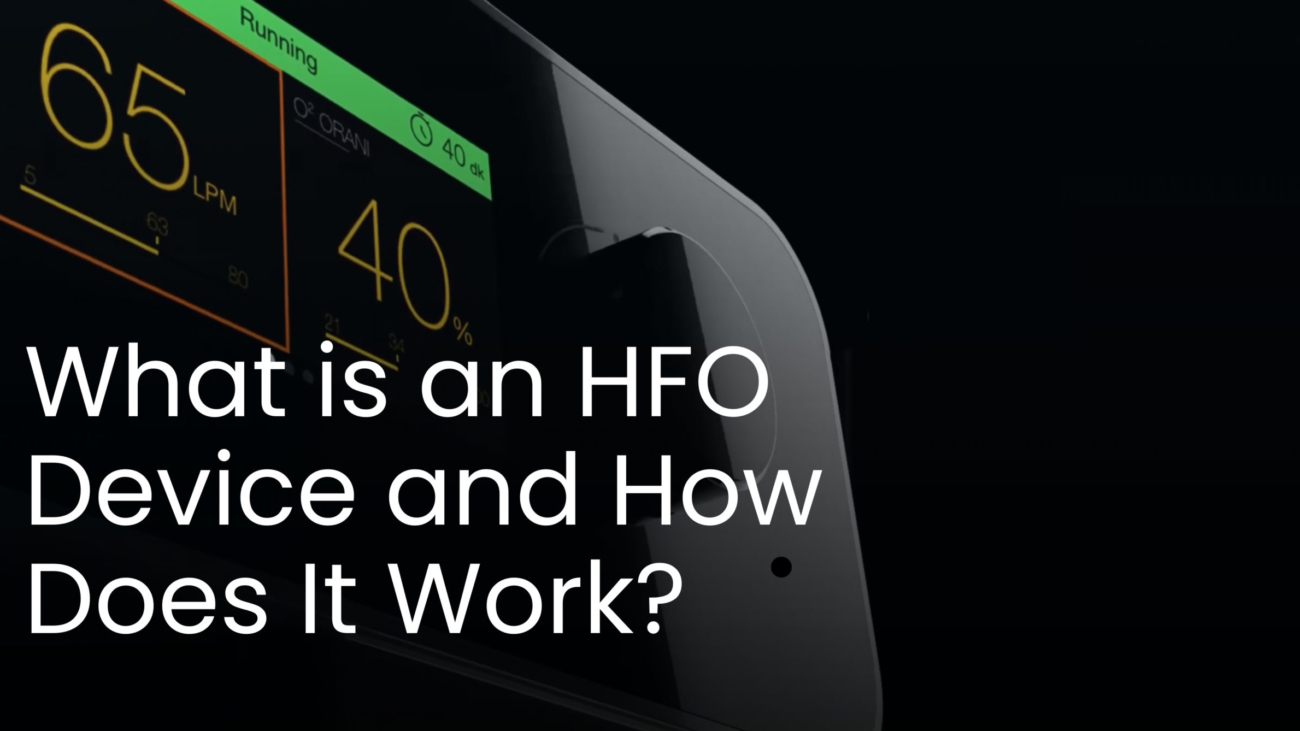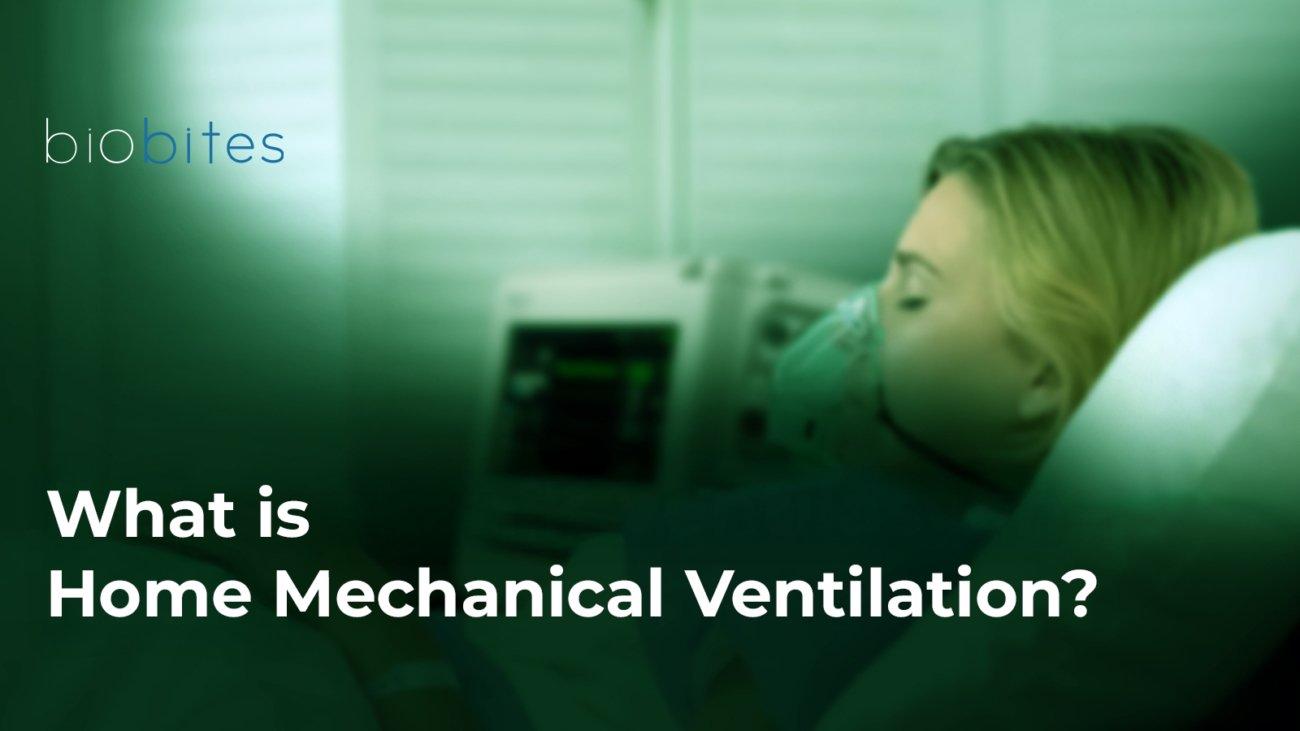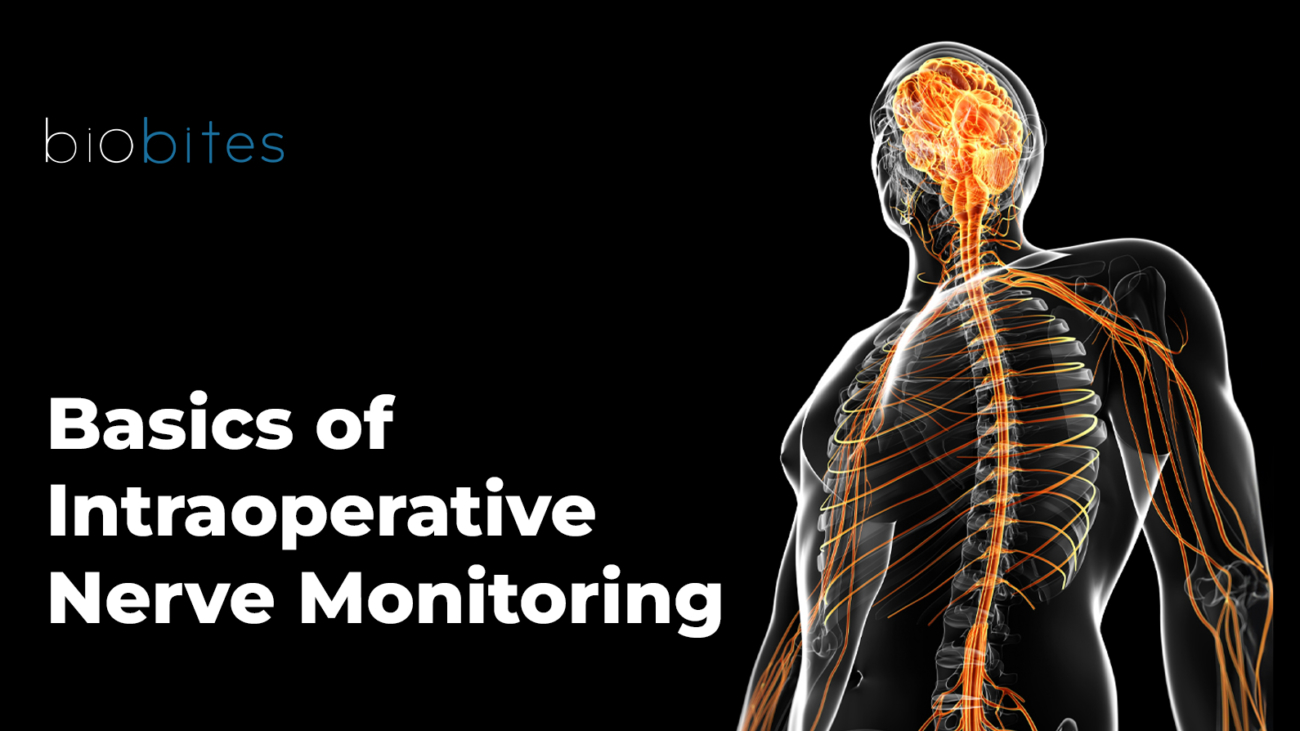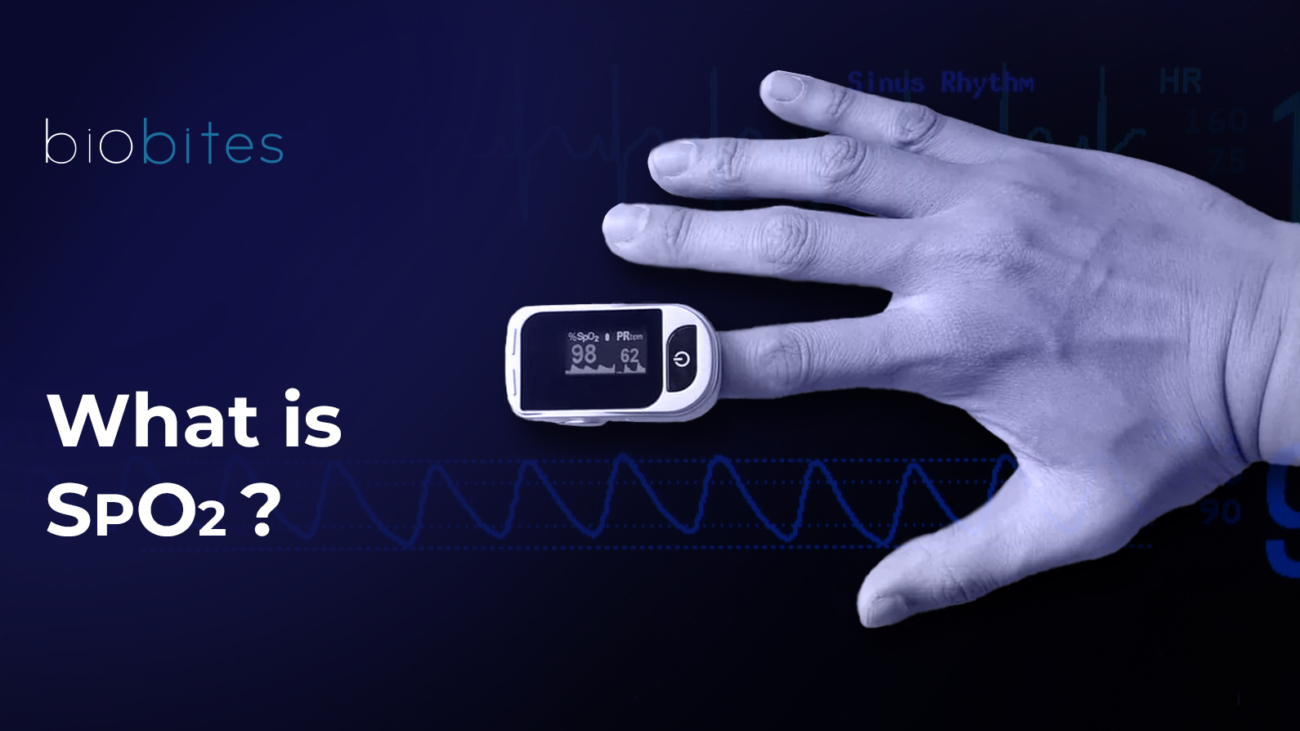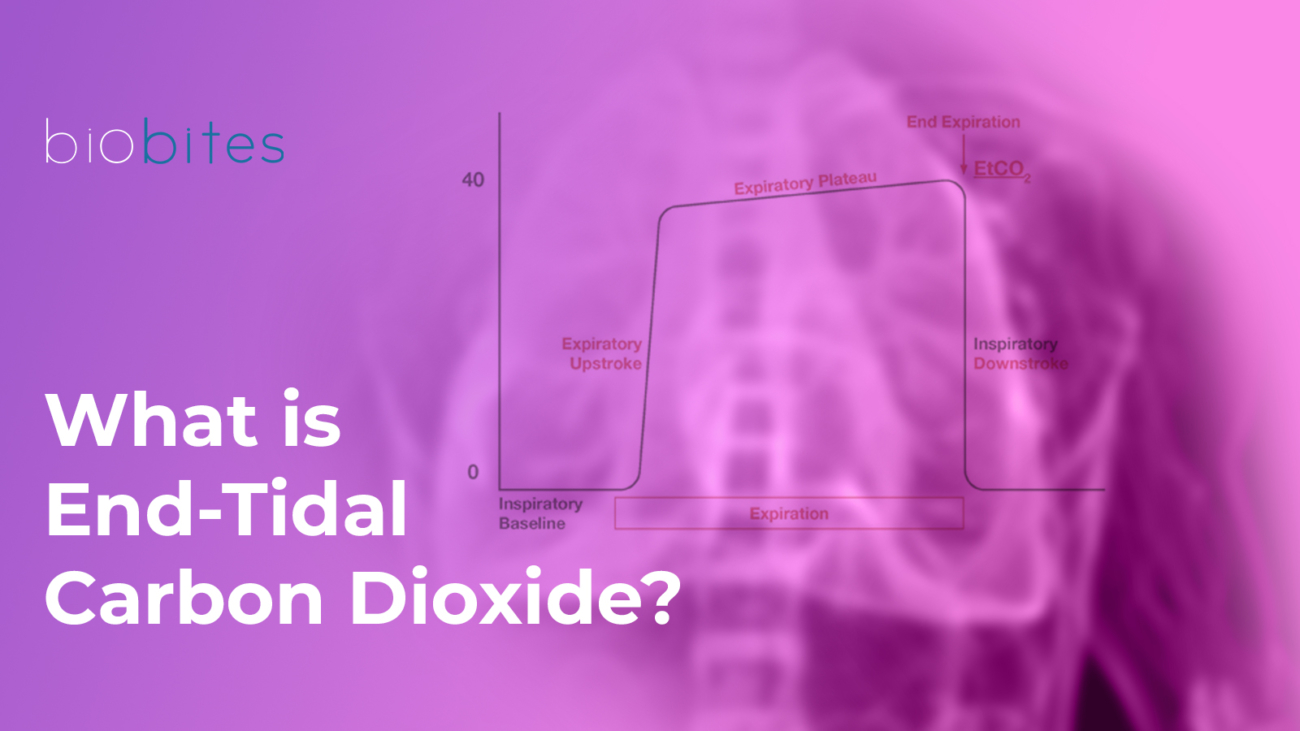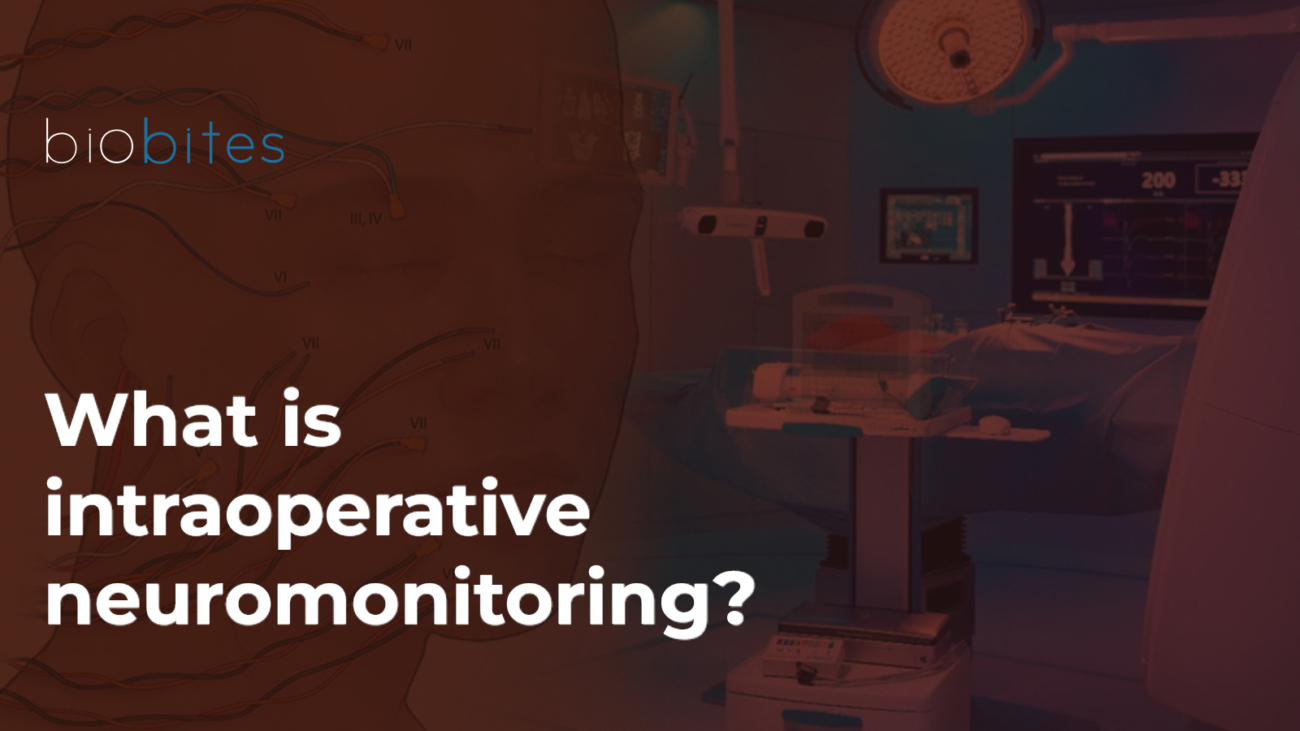Heated Humidified High-Flow Therapy (HFO) is a respiratory support system that delivers high-flow oxygen-enriched air—up to 60 L/min—via a nasal cannula or adapter. The device comprises a gas blender (air + oxygen), a heater, a humidifier, and a pre-heated circuit system.
This system not only allows precise control of the fraction of inspired oxygen (FiO₂) but also:
- Prevents the drying of the delicate nasal mucosa,
- Reduces carbon dioxide (CO₂) accumulation by washing out the anatomical dead space,
- Helps maintain alveolar patency by generating a mild positive end-expiratory pressure (PEEP) effect.
History of the HFO Device
Initially developed for respiratory support in neonates, the HFO device has evolved into a modern oxygen therapy method also used in adult patients. It enhances patient comfort while helping to reduce the burden on intensive care units. Its development has accelerated significantly since the early 2000s.
Physiological Effects and Advantages of HFO Therapy
- Clearing of Dead Space → Helps reduce CO₂ levels and increase oxygenation.
- Reduction of Respiratory Workload → Leads to a decrease in respiratory rate and an increase in tidal volume.
- Generation of PEEP → Provides mild positive pressure, preventing alveolar collapse.
- Heated Humidification → Protects the mucosa and facilitates effective clearance of secretions.
- Patient Comfort → Allows for speaking and eating without a mask; humidified air prevents oral dryness and mucosal irritation.
Who Can Benefit from HFO Therapy?
- Patients with acute hypoxemic respiratory failure (e.g., pneumonia, ICU, emergency settings)
- Post-extubation phase: May reduce respiratory rate and length of hospital stay
- Conditions requiring high FiO₂ delivery, such as pulmonary edema or acute asthma exacerbations
- Hypercapnic respiratory failure (e.g., COPD, pulmonary fibrosis): May reduce CO₂ levels by decreasing respiratory workload
- Patients with sleep apnea or those in need of comfortable long-term support
- DNI (Do Not Intubate) / DNR (Do Not Resuscitate) patients: Can provide symptomatic relief when intubation is not appropriate or desired
Limitations and Risks
- High cost and device complexity.
- Limited PEEP effect due to the absence of a mask (pressure loss may occur when the mouth is open).
- May not be suitable for patients who are unconscious, have excessive secretions, or are hemodynamically unstable.
- In some cases, it may delay the need for intubation.
Side Effects of HFO Therapy
Although rare, the following side effects may occur:
- Nasal irritation or dryness
- Epistaxis (nosebleeds)
- Gastric distension due to air swallowing
- Increased middle ear pressure at very high flow rates
Frequently Asked Questions
What is the difference between HFO, conventional oxygen masks, and CPAP?
Conventional oxygen masks deliver low flow and low humidity, which may cause discomfort. CPAP provides a constant pressure, typically through a tight-fitting mask. In contrast, HFO delivers high flow with humidified air via a nasal cannula, offering greater comfort and allowing more natural spontaneous breathing.
Is HFO therapy safe?
Yes, it is generally very safe when administered by trained healthcare professionals and with appropriate patient selection. However, close monitoring is essential, and patients showing clinical deterioration should be intubated without delay.
How long does HFO therapy last?
The duration depends on the patient’s clinical condition. In cases of acute respiratory failure, therapy typically lasts from several hours to a few days. The primary goal is to improve oxygenation and reduce respiratory effort.
References
- sciencedirect.com+13en.wikipedia.org+13respiratory-therapy.com+13
- safirgoruntuleme.com+12ncbi.nlm.nih.gov+12acilci.net+12.
- respiratory-therapy.com+4acilci.net+4en.wikipedia.org+4
- acilci.net+3ncbi.nlm.nih.gov+3draeger.com+3
- Segovia B, Velasco D, Jaureguizar Oriol A, Díaz Lobato S. Combination Therapy in Patients with Acute Respiratory Failure: High-Flow Nasal Cannula and Non-Invasive Mechanical Ventilation. Arch Bronconeumol (Engl Ed). 2019 Mar;55(3):166-167.
- De Jong A, Calvet L, Lemiale V, Demoule A, Mokart D, Darmon M, Jaber S, Azoulay E. The challenge of avoiding intubation in immunocompromised patients with acute respiratory failure. Expert Rev Respir Med. 2018 Oct;12(10):867-880.

